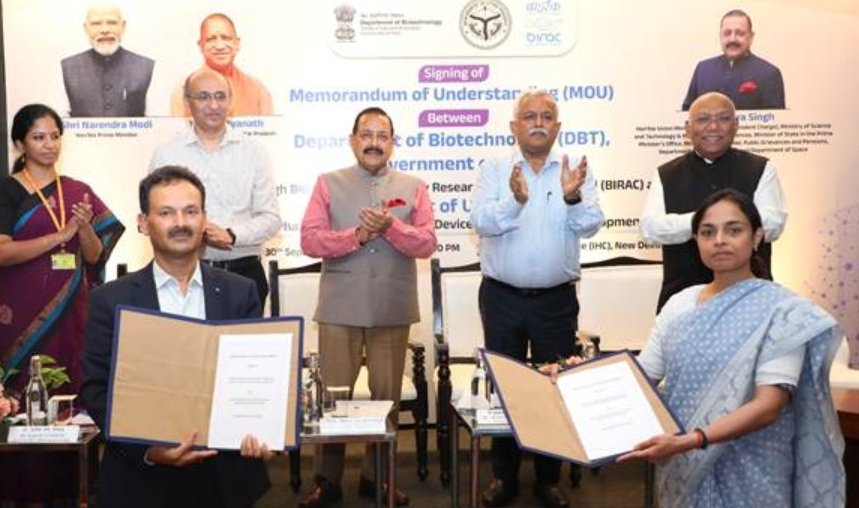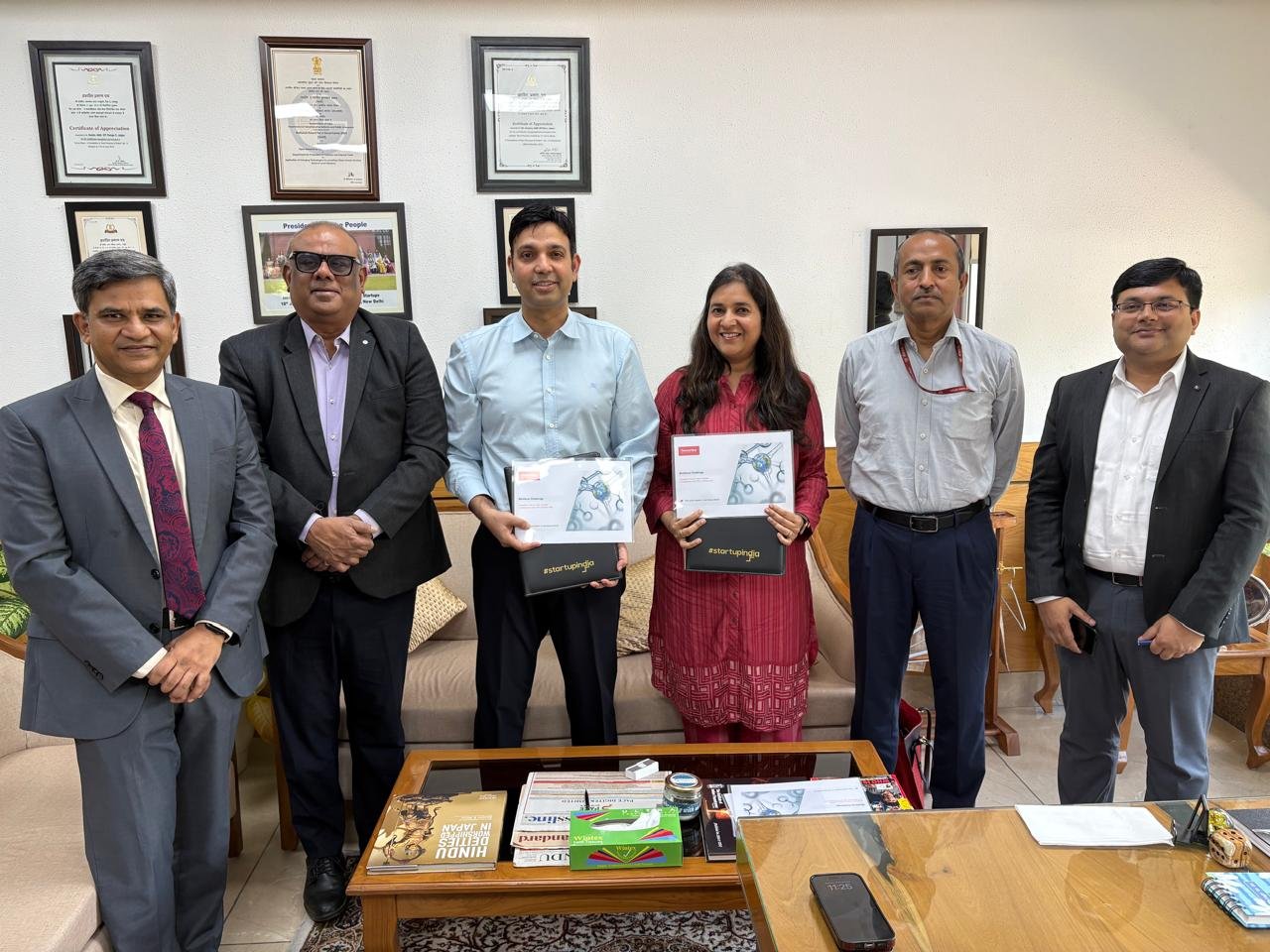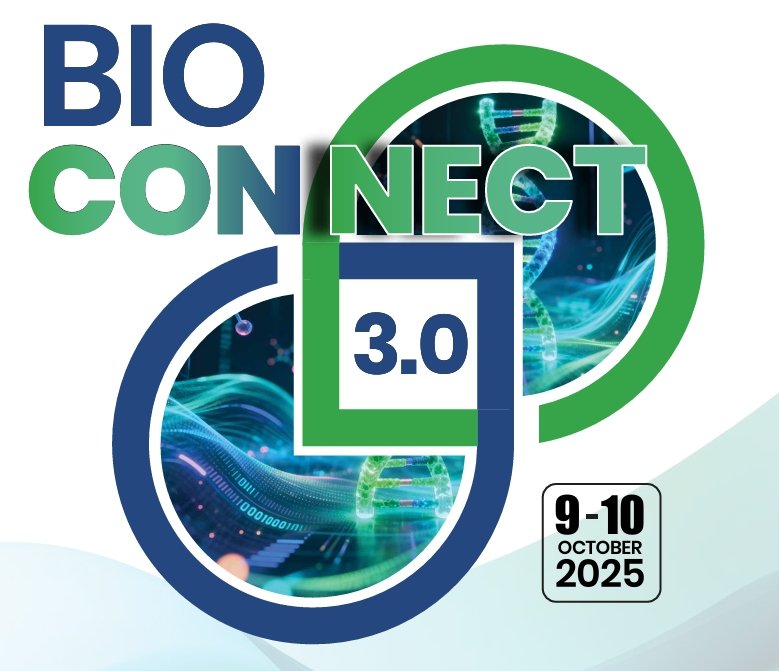“We recommend innovative economic models to incentivise antibiotic research”
July 31, 2024 | Wednesday | Interviews | By Dr Manbeena Chawla
Panchkula-based Venus Remedies, among the 10 leading fixed-dosage injectable manufacturers in the world, is expanding the reach of its products across the globe by obtaining regulatory approvals in multiple countries. Highlighting a primary focus on improving access to affordable medicines in India by strengthening its generics and institutional business nationally in 2024, Saransh Chaudhary, President, Global Critical Care and CEO, Venus Medicine Research Centre spoke with BioSpectrum about the company’s business and growth plans.
What are your major plans for FY 2024-25 for the Indian and global markets?
We aim to establish a formidable presence in the injectable space and expand our on-ground presence to cover all districts in the country, over the next two to three years. We have already made significant strides in this space over the past three years by leveraging data and technology.
Globally, we plan to fortify our presence in key markets such as Europe, Commonwealth of Independent States, Latin America, Asia and Africa. We will achieve this through strategic partnerships, joint ventures and enhancing our distribution network. Additionally, we are focusing on obtaining regulatory approvals for our pipeline products in multiple countries to facilitate smoother market entry and expansion.
Could you share with us the revenue numbers for FY 2023-24, breaking it down with respect to domestic and export business?
In the financial year 2023-24, Venus Remedies generated consolidated revenue of Rs 601.45 crore. Of this, exports contributed 73 per cent, while 27 per cent came from our domestic business. Moving forward, we anticipate robust growth of 15-20 per cent in our domestic division due to increasing adoption of generics in both the hospital and institutional sectors. We also expect our export business to grow by around 15 per cent as we continue to expand our international presence, entering new markets and registering more products in existing key markets.
Are you exploring academic partnerships to strengthen pharma R&D in India?
We have always valued academic collaborations, having previously partnered with esteemed institutions such as IITs, AIIMS, NIPERs and the Institute of Microbial Technology on various projects. The recently announced Research Linked Incentives (RLI) by the government will further boost such collaborations. We are actively engaging with multiple institutions to identify synergistic areas for partnership, aiming to leverage scientific expertise, share resources and promote talent development through student engagement and training initiatives.
Pharma companies should invest more in R&D through public-private collaborations to create value based on cutting-edge research. The Central government’s move to promote research and innovation in the pharmaceutical space through centres of excellence and making the Indian Council of Medical Research (ICMR) lab facilities available for private sector R&D will significantly boost collaborative research.
The company has recently received its first incentive under the government's Production-Linked Incentive (PLI) scheme. How would it be used further? How much more is to be received?
We have embarked on a journey to amplify our manufacturing infrastructure and expand our product portfolio, meeting the government’s rigorous investment and sales criteria to qualify for the PLI scheme. This milestone will propel us to enhance our manufacturing capabilities further and contribute to India’s self-reliance goals.
The first grant of Rs 7.5 crore, covering 75 per cent of the total incentive for FY 2022-23, will be utilised to bolster manufacturing capabilities, foster product diversification and invest in R&D of complex generics and new drugs. We recently received the second instalment of Rs 2.5 crore, covering the remaining 25 per cent of the total incentive. The scheme permits a maximum of Rs 50 crore in cumulative incentives over the next five years, with annual payouts based on incremental sales of qualifying products, subject to an annual cap.
What are your key expectations from the government to enhance the growth of the pharma industry in India?
We expect the government to continue incentivising R&D and manufacturing to promote growth and innovation. Improving the baseline quality of manufacturing is critical for the industry’s growth, requiring changes in the regulatory and oversight framework. Centralising new drug approval by withdrawing power from state licensing authorities is a step in the right direction, but should be supported by adequate manpower to avoid hindering review timelines. More therapy-specific guidelines would also be beneficial.
In our area, we recommend innovative economic models to incentivise antibiotic research, such as market entry rewards and delinked subscription models. The Research-Linked Incentive scheme should help create a conducive ecosystem for collaboration, enabling R&D-driven pharma companies in India to compete globally.
What are your views on the quality-related challenges currently faced by the Indian pharma sector?
The Indian pharmaceutical industry has achieved a significant share in global pharma supplies due to its adherence to stringent international quality standards. Despite these accomplishments, the industry faces several quality-related challenges, including compliance with international regulatory standards, adoption of advanced manufacturing technologies by smaller companies due to financial constraints and gaps in supply chain management caused by the complexity and scale of global networks.
To overcome these challenges, the industry needs increased investment in infrastructure, technology and human resources. However, a crucial element of this transformation is a comprehensive overhaul of regulatory and oversight processes. Currently, the lack of standardisation in drug quality and approval mechanisms creates a lack of a level playing field, resulting in discrepancies in drug quality and unhealthy market competition, which further impacts overall quality. This cycle must be broken through systematic interventions and positive regulation.
How do you view the growing partnerships between pharma companies and contract research organisations? Is the CRO/ CDMO space setting new trends for the pharma sector, especially with the advent of new technologies such as AI being implemented for key operations?
The growing partnerships between pharma companies and Clinical Research Organisations/ Contract Development & Manufacturing Organisations (CROs/ CDMOs) highlight a trend where companies outsource compliance responsibilities to external entities. This approach, although resulting in slightly lower gross margins, helps companies save on compliance and talent-related costs. CROs/CDMOs often find it easier to hire and retain talent due to their involvement in diverse projects across various industry verticals. This trend is particularly significant for manufacturing complex or novel drugs, allowing pharma companies to focus on their core expertise in drug development without heavy investment in scaling up production infrastructure.
The rise in biologics has further accelerated the growth of the CRO/CDMO sector, as common patterns and challenges emerge in biologics manufacturing. For CROs/CDMOs, the return on investment is higher when they can leverage their facilities to produce drugs for multiple companies.
CRO partnerships offer similar advantages, enabling pharma companies to remain agile with new product launches and quickly capitalise on off-patenting blockbuster drugs. Indian CROs, known for their high-quality service that meets international standards, remain cost-efficient as compared to Western markets for conducting large clinical trials. With recent regulatory reforms aimed at expediting approvals, India is emerging as a hub for clinical trials, leading to more global collaborations with domestic CROs. This collaborative ecosystem fosters knowledge exchange and innovation.
The adoption of new-age technologies like artificial intelligence offers CROs and CDMOs opportunities to scale operations, enhance efficiencies and improve trial processes. These advancements will further solidify India’s position as a preferred destination for clinical trials and contract manufacturing, setting new trends in the pharmaceutical sector.
Dr Manbeena Chawla
(manbeena.chawla@mmactiv.com)










